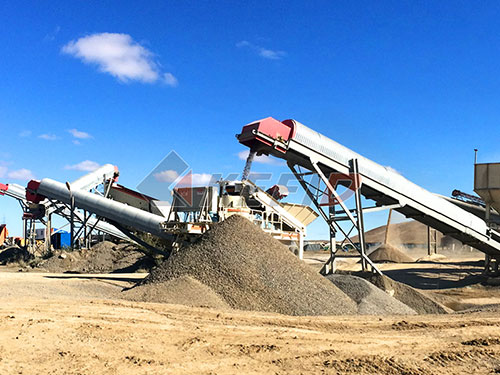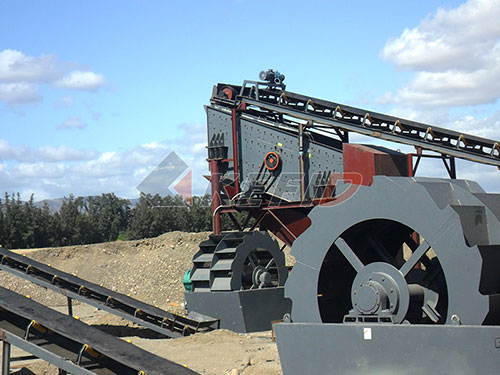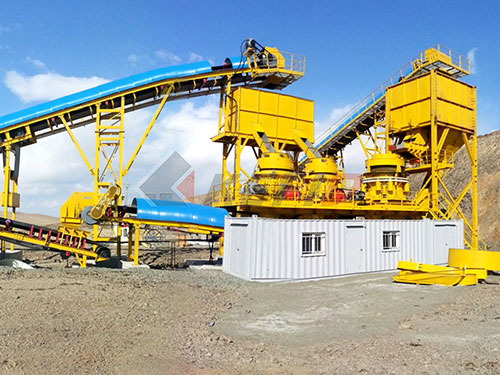What Is an Open Crushing Circuit?
In the world of mineral processing and aggregate production, efficiently reducing the size of raw rock or ore is a fundamental step. How this size reduction (comminution) is achieved depends heavily on the circuit design. One of the simplest and most common configurations is the Open Crushing Circuit.
The Core Principle: Single-Pass Processing
An open crushing circuit, as the name suggests, operates without a feedback loop. Here’s its defining characteristic:
1. Feed Material Enters: Raw material (run-of-mine ore or blasted rock) is fed into the primary crusher.
2. Material is Crushed: The crusher breaks down the material to a smaller size.
3. Product Exits Directly: The crushed material discharged from the crusher does not return to that same crusher for further processing. Instead, it moves directly to the next stage in the process.
This “next stage” could be:

A secondary or tertiary crusher (in a multi-stage open circuit).
A grinding mill (e.g., SAG or Ball mill).
A screening operation where the product is sized and sent to different destinations.
Directly to stockpile or leach pad if it meets final product specifications.

Visualizing an Open Circuit
Imagine a single crusher. Rocks go in one end, are broken, and smaller rocks come out the other end. Those smaller rocks are collected and sent away – none are fed back into the same crusher for another pass. That’s an open circuit at its most basic.
Multi-stage open circuits exist (e.g., primary jaw crusher feeding directly to a secondary cone crusher), but crucially, the discharge from each individual crusher stage leaves that stage permanently. There is no mechanism sending oversize material back to its own feed.
Characteristics & Advantages
1. Simplicity: The absence of complex return conveyors, screens controlling feed back to the same crusher, and associated control systems makes open circuits mechanically simpler.
2. Lower Capital Cost: Reduced equipment count (no recycle screens/feeders/conveyors specifically for recirculation) translates to lower initial investment.
3. Easier Operation & Maintenance: Simpler layout often means easier access for maintenance personnel and less complex operational control requirements.
4. Predictable Throughput: Since there’s no recirculating load building up within the circuit itself, throughput

Leave a Reply